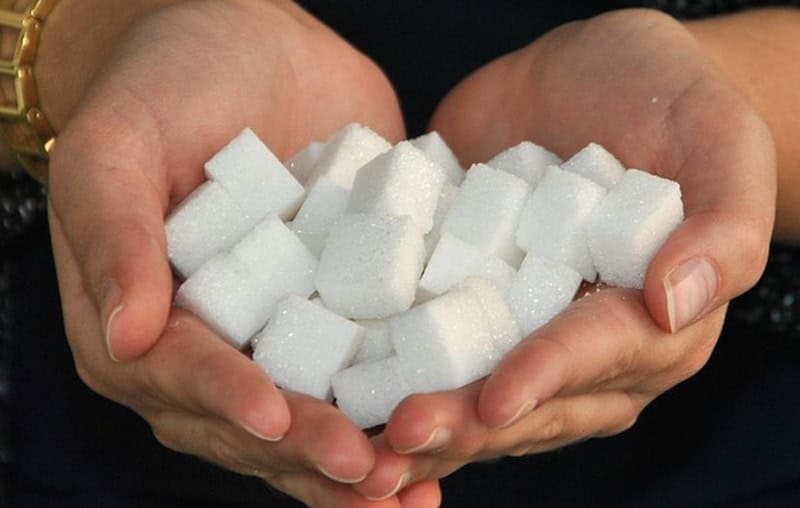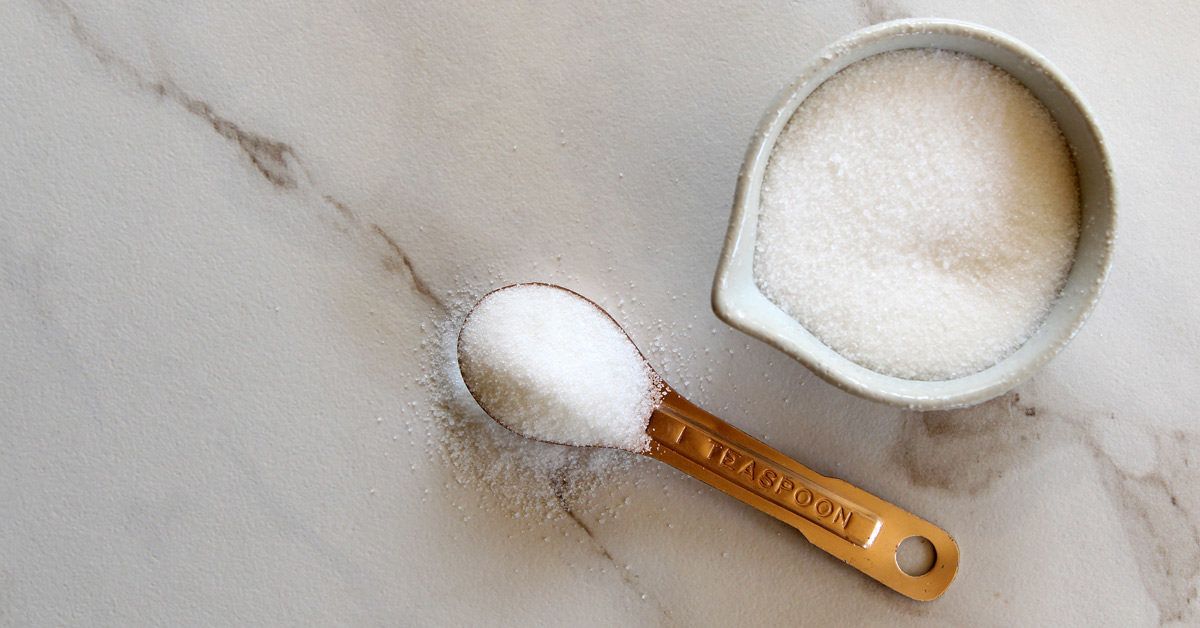People researching beet sugar vs cane sugar often want to know which blends well in beverages.
People researching beet sugar vs cane sugar often want to know which blends well in beverages.
Blog Article
Discover the Uses and Benefits of Beet Sugar Vs Cane Sugar in Your Daily Diet Regimen
Checking out the unique high qualities of beet and cane sugar discloses even more than just their sweetening abilities; it highlights their one-of-a-kind influence on wellness and cooking arts. Beet sugar, recognized for its refined flavor, is frequently preferred in fragile treats, whereas cane sugar, with its hint of molasses, adds splendor to durable meals. Each type holds its own nutritional profile and glycemic ramifications, inviting a much deeper understanding of their roles in a well balanced diet and lasting consumption methods.
Origin and Production Processes of Beet and Cane Sugar

The distinctive environments and soil kinds needed for growing sugar beets and sugarcane add to differences in their growing techniques and geographical circulation, affecting the business economics and sustainability of their production. beet sugar vs cane sugar.
Nutritional Comparison In Between Beet Sugar and Cane Sugar
Despite originating from different plants, beet sugar and cane sugar are nutritionally extremely similar, both primarily containing sucrose. Each gives concerning 4 calories per gram, translating to roughly 16 calories per teaspoon. Structurally, both sugars are made up of approximately 99.95% sucrose, with marginal amounts of other materials like dampness and trace minerals, which do not considerably alter their nutritional profiles.

Ultimately, when choosing in between beet sugar and cane sugar based upon nutritional content alone, both deal the same advantages and downsides as they are basically types of the exact same molecule-- sucrose, offering quick energy without various other nutrients.
Effect On Health: Glycemic Index and Caloric Content
Exploring better into the effects of beet sugar and cane sugar on additional resources wellness, it is vital to consider their glycemic index and caloric material. The glycemic index (GI) of both beet and cane sugar is around 65, classifying them as high-GI foods, which can create fast spikes in blood glucose levels.
Each type of sugar includes about 4 calories per gram, making their caloric web content equivalent. For those monitoring caloric consumption, especially when handling weight or metabolic health and wellness problems, comprehending this equivalence is important (beet sugar vs cane sugar). Nevertheless, extreme usage of any high-calorie, high-GI food can add to health issues such as obesity, heart problem, and insulin resistance.
Environmental and Economic Considerations of Sugar Manufacturing
Beyond health and wellness influences, the manufacturing of beet and cane sugar additionally increases substantial ecological official source and financial concerns. Sugar beet farming often tends to call for cooler environments and has a lower geographical footprint compared to sugar cane, which grows in tropical regions. Both crops are intensive in terms of water use and land profession, potentially leading to deforestation and water scarcity. Economically, the global sugar market is highly unpredictable, affected by adjustments in worldwide profession plans and aids. Many countries incentivize sugar production via financial support, skewing market rates and affecting small-scale farmers negatively.
In addition, making use of chemicals and plant foods in both beet and cane sugar growing can result in soil deterioration and pollution, further influencing biodiversity and regional water bodies (beet sugar vs cane sugar). The option in between growing sugar beet or cane usually hinges on local ecological conditions and economic variables, making the sustainability of sugar manufacturing an intricate concern
Culinary Applications and Flavor Distinctions
While the environmental and economic aspects of sugar manufacturing are undoubtedly considerable, the option between beet and cane sugar also affects cooking applications and taste accounts. Beet sugar, derived from the sugar beet plant, is known for its remarkably neutral preference.
Walking stick sugar, removed from sugarcane, often preserves molasses traces, which pass on a distinctive richness and deepness. This small molasses flavor boosts the intricacy of baked items, sauces, and sauces. It is specifically preferred in items where a sugar undertone is desired, such as in brownies or gingerbread. The mild variant in wetness material between beet and cane sugar can impact the texture and uniformity of dishes, making cane sugar a recommended choice for particular recipes that benefit from its special buildings.

Final Thought
Finally, both beet and cane sugar have unique beginnings and her comment is here production processes, supplying similar dietary accounts with small distinctions in salt web content and flavor. While their effect on health and wellness, specifically relating to glycemic index and calories, is similar, the selection between them usually steams down to environmental, economic variables, and specific culinary demands. Recognizing these aspects can direct consumers in making educated decisions that align with their health and wellness objectives and flavor preferences.
Report this page